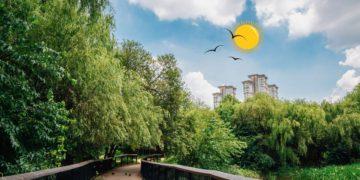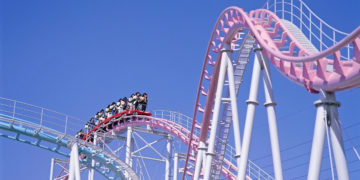You probably didn’t expect watching aurora in South Korea this 2025 to show up on your bucket list—but here we are. Because this summer, Korea’s skies might just pull off the unthinkable: a glimpse of the northern lights without leaving the peninsula. No Arctic boots. No Alaskan cabins. Just you, a mountaintop, and a shimmer of cosmic light across the night. If you’ve ever dreamed of chasing the aurora, this is your sign. It’s real, and let us show you where.
You Weren’t Dreaming: Aurora Might Actually Appear Over South Korea in Summer 2025
Imagine standing on a quiet Korean mountaintop, cold air brushing your cheeks, and a ribbon of emerald and violet light slowly unraveling across the night sky.
Thanks to a rare spike in solar activity, 2025 may just deliver one of Korea’s most unexpected sky spectacles. So if you’re planning a trip to Korea this summer—or you’re already here—this is the year to keep your eyes wide open after dark.
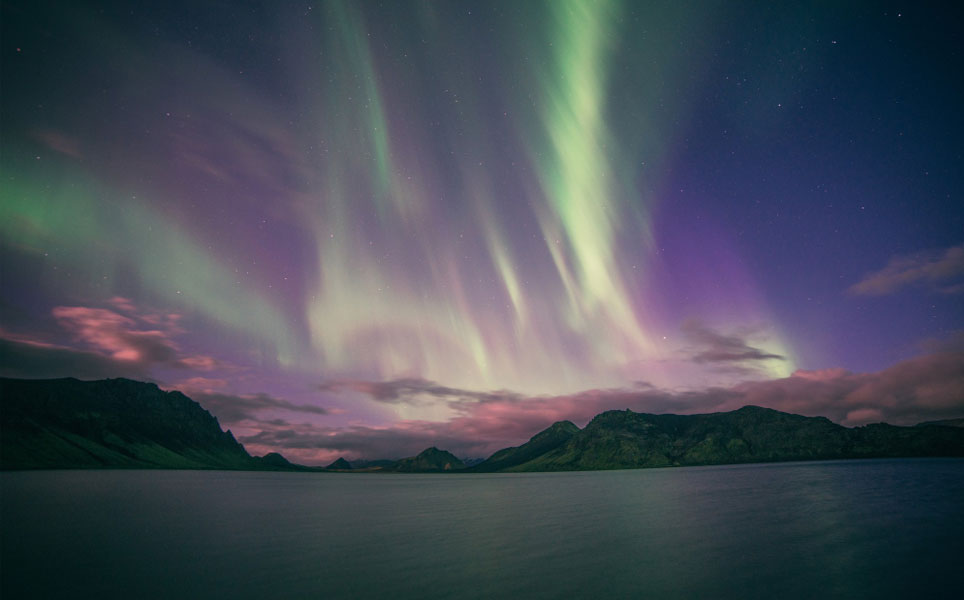
Let’s get you ready for watching aurora in South Korea 2025. Because when the sky lights up, you’ll want to know where to go, what to bring, and how to make the most of this fleeting wonder.
But Wait! Watching Aurora in South Korea? Is That Really Possible?
Normally, the aurora borealis stays loyal to high-latitude spots like Iceland, Finland, and northern Canada. But 2025 is special. Experts at the Korean Amateur Astronomical Society have confirmed that unusually high solar activity this summer has expanded the possibility of aurora sightings much farther south than usual, including Korean skies.
These northern lights happen when charged solar particles slam into Earth’s magnetic field. Most of the time, our planet’s poles steal the show. But under the right solar storm, the magic spreads wider—just enough for Korea to catch a glimpse.
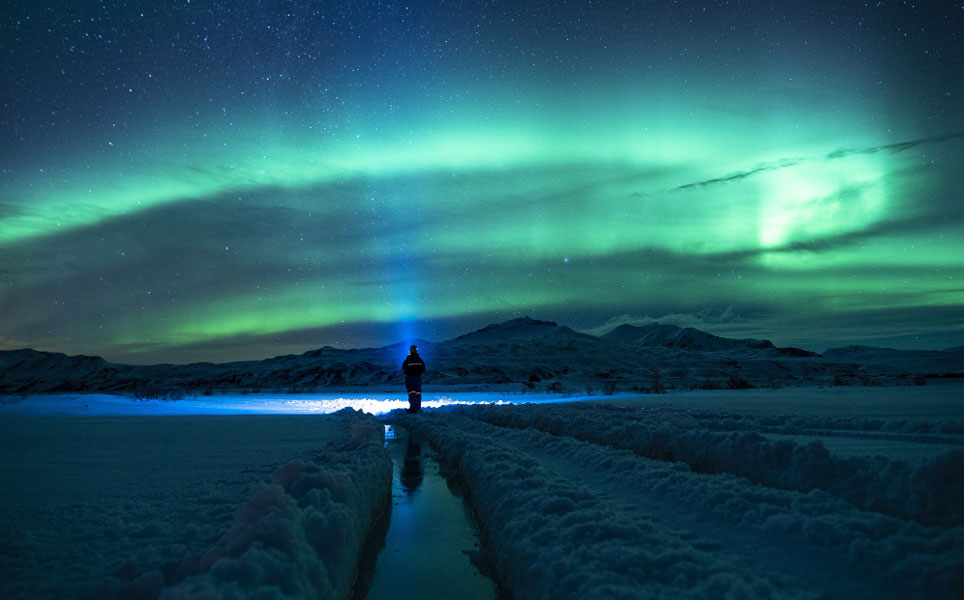
No need to plan a Scandinavian detour. You just need clear skies, a dark horizon, and a little bit of travel soul in you.
Where to Go: 3 Places in South Korea for Watching a Real Shot at Aurora Views
You’ll need to escape the glow of city lights. The aurora is delicate—barely a whisper against the stars—and Korea’s dense urban zones won’t do it justice. These locations offer the right mix of altitude, low light pollution, and northern exposure to give you a fighting chance.
1. Mount Gwangdeok – Hwacheon, Gangwon-do
Tucked deep in Gangwon Province, this remote mountain has become the unexpected MVP for aurora hopefuls. There’s an observatory right at the summit, and surrounding villages are scarce, meaning near-zero light pollution. The climb is manageable, and the view north? Wide and unobstructed.
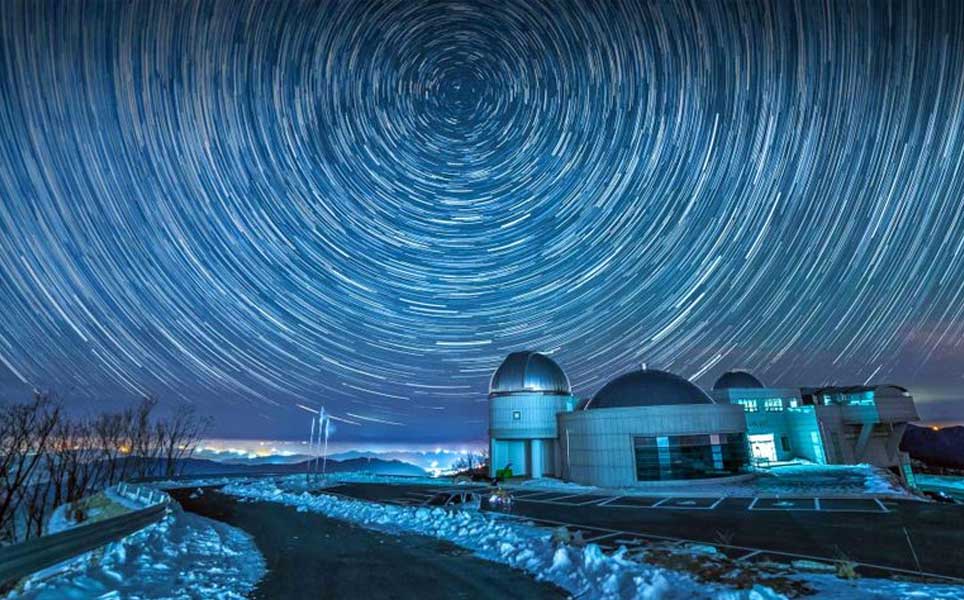
Travel Tip: If you’re staying in Chuncheon or Sokcho, Hwacheon is an easy side trip by rental car. Pack warm layers—even in summer, mountain nights are chilly.
2. Mount Taebaek – Taebaek, Gangwon-do
Already known as a stargazing haven, Mount Taebaek is where serious night-sky chasers go. The elevation clears most atmospheric interference, and its national park status helps keep the area protected and undeveloped. You’ll find regular astronomy programs here, which could double as helpful if you’re new to celestial photography.
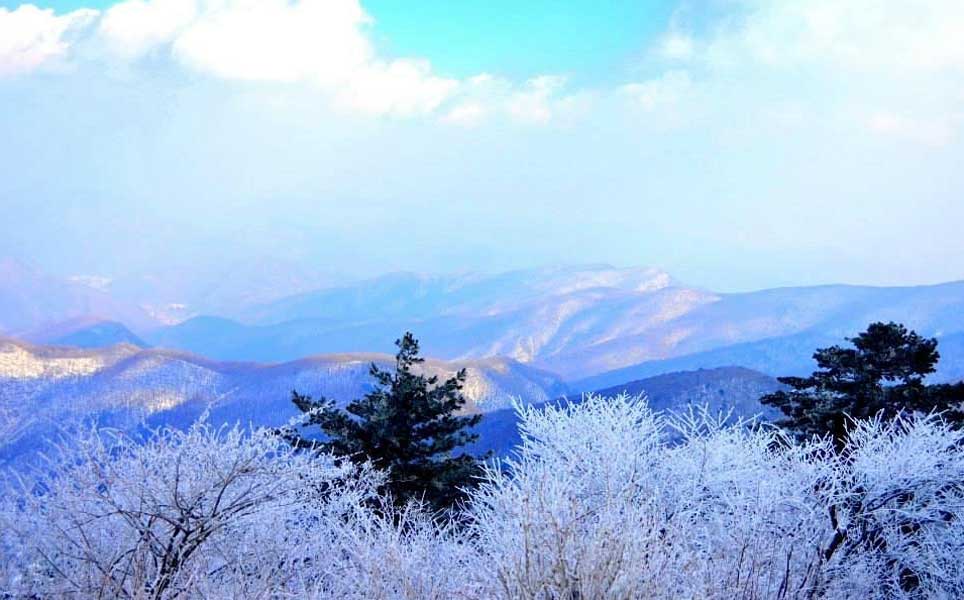
Good to Know: The Taebaek area has accommodations geared toward hikers, so you don’t have to rough it. Book ahead—word spreads fast.
3. Paju Border Zone – Gyeonggi-do
Closer to Seoul but just remote enough, the Paju DMZ-adjacent area offers a clean, open view to the north. While it doesn’t boast high altitude, the geography helps: few obstructions and minimal urban sprawl near the viewing zones. You may not hear missiles, but you might see magic.
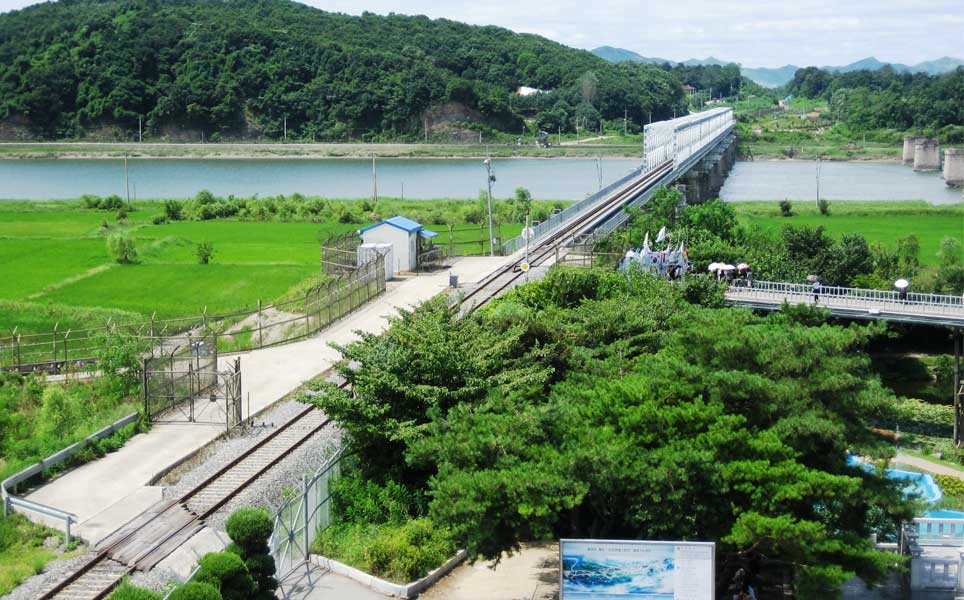
Caution: Since this area skirts military zones, double-check public access times and stay within designated observation points.
Timing Is Everything: When & How to Maximize Your Aurora Hunt
Wait for a Moonless, Clear Night
Even a bright moon can wash out faint aurora activity. Use apps like Clear Outside or Sky Guide to monitor cloud cover, moon phase, and geomagnetic activity (look for a Kp index of 6+ for the best odds).
Use Your Smartphone—Really
You don’t need a DSLR. Most modern phones with night mode or wide-angle lenses can actually pick up more aurora color than the naked eye. Set it on a tripod or rock surface, tap focus, and wait.
Face the North
Auroras will almost always emerge low on the northern horizon. Settle in early, let your eyes adjust, and resist the urge to scan in every direction.
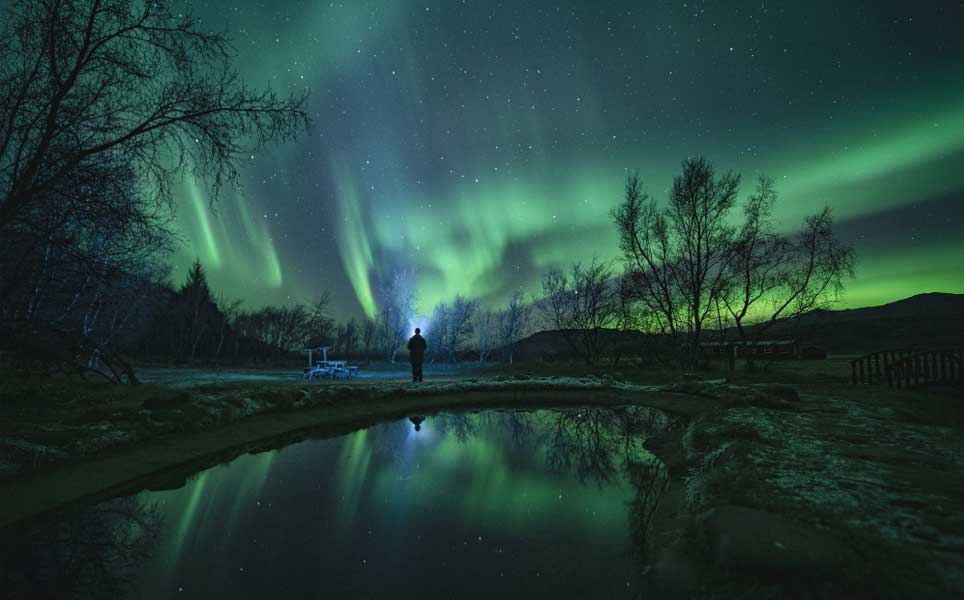
How to Prepare (Mentally and Practically)
- Stay realistic: Auroras are elusive. You might see a full cascade of green ribbons—or you might see a faint glimmer, barely there. That’s part of the magic.
- Dress smart: Korean summer days may be humid, but mountains are cold after sunset. Bring windproof outer layers and a thermos of something hot.
- Keep your circle small: This is a quiet spectacle. Avoid bringing loud gear or groups that need constant entertainment.
- Book your stay smartly: If you’re planning to visit Korea just for this chance, stay flexible. Plan your trip around at least 3-4 potential viewing nights to increase the odds.
The Deeper Story: Why Watching Aurora This 2025 Matters to Travelers in South Korea
Chasing the aurora in Korea isn’t just about ticking off a bucket list event. It’s a deeper kind of travel—the kind that trades convenience for wonder. You leave the bright streets behind. You step into stillness and you wait under the stars with no guarantees, except the fact that you’re trying with the utmost anticipation.
And if the aurora comes, you’ll never forget how it made you feel: like the sky opened up just for you, for a second, in the middle of nowhere, in a place you didn’t expect.
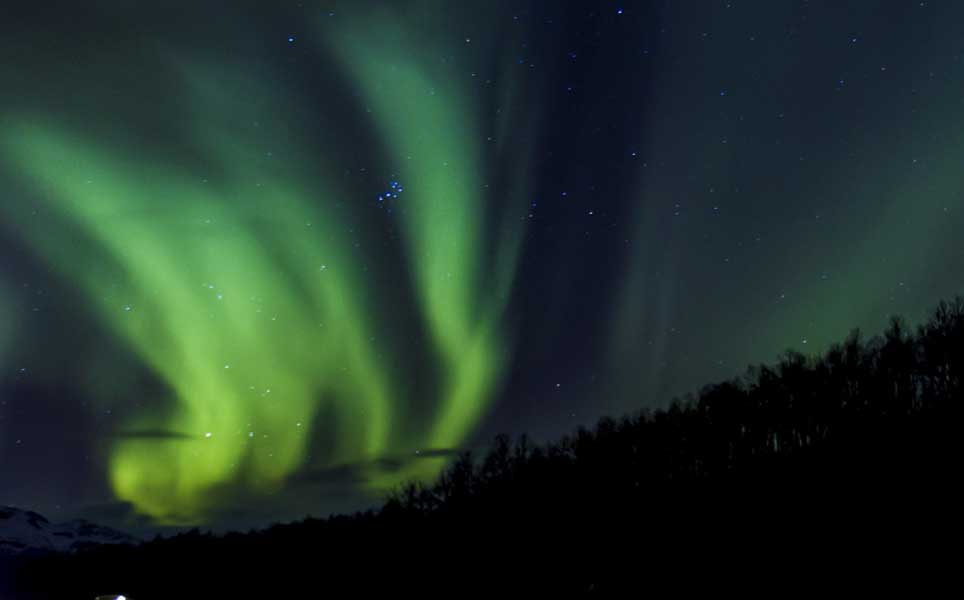
Watching Aurora in South Korea 2025: Final Reminders Before You Go
- Best time: June–August 2025, during peak solar activity
- Best locations: Gwangdeok (Hwacheon), Taebaek, and northern Paju
- Avoid full moons; use apps for cloud & activity tracking
- Smartphones work surprisingly well for low-light photos
- Bring warm gear, portable power banks, and patience
You’re Not Just Watching the Aurora, You’re Writing Your Own Travel Myth in South Korea 2025
Watching aurora in South Korea 2025 isn’t just rare—it’s sacred. It’s a crack in the ordinary where the universe reminds you that wonder doesn’t always ask for plane tickets to Lapland.
So pack your bags. Choose a peak. Say less. Watch more.
And let the sky do the rest.
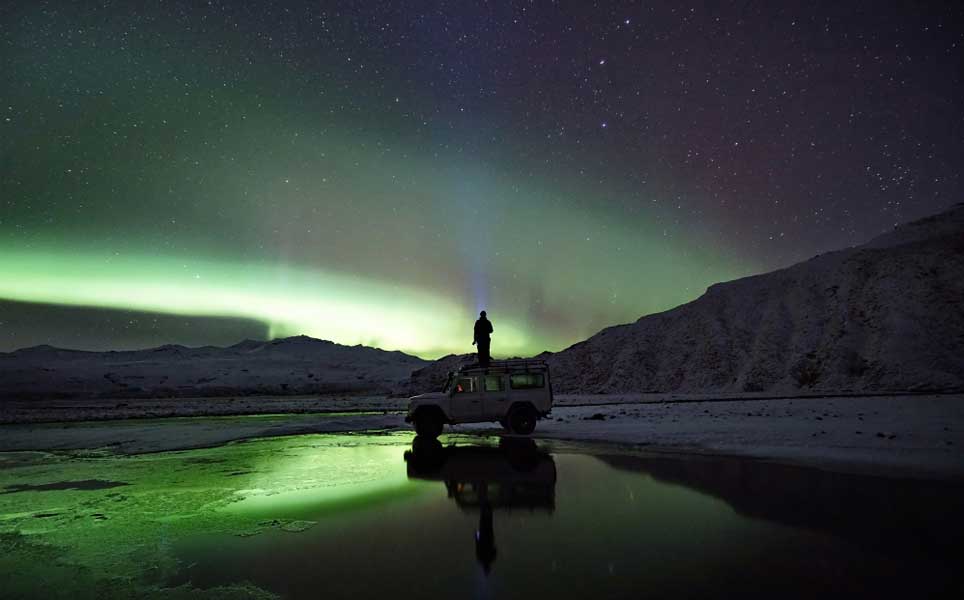
Related Posts
4,119 total views, 11 views today




